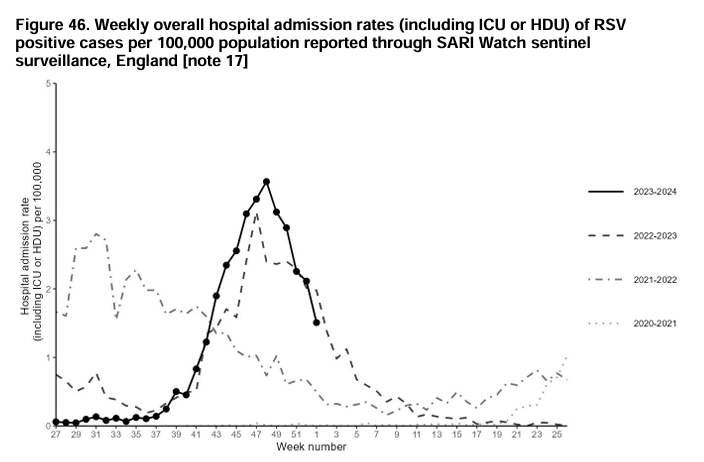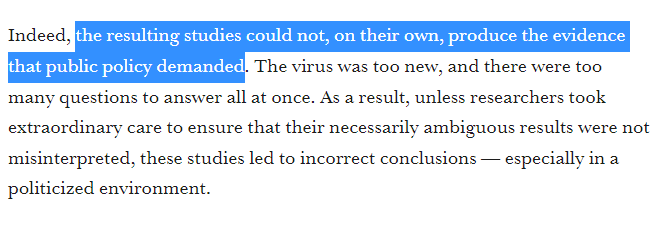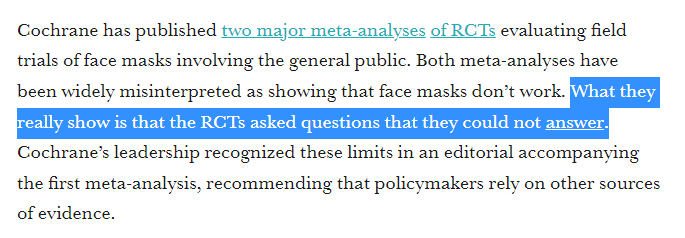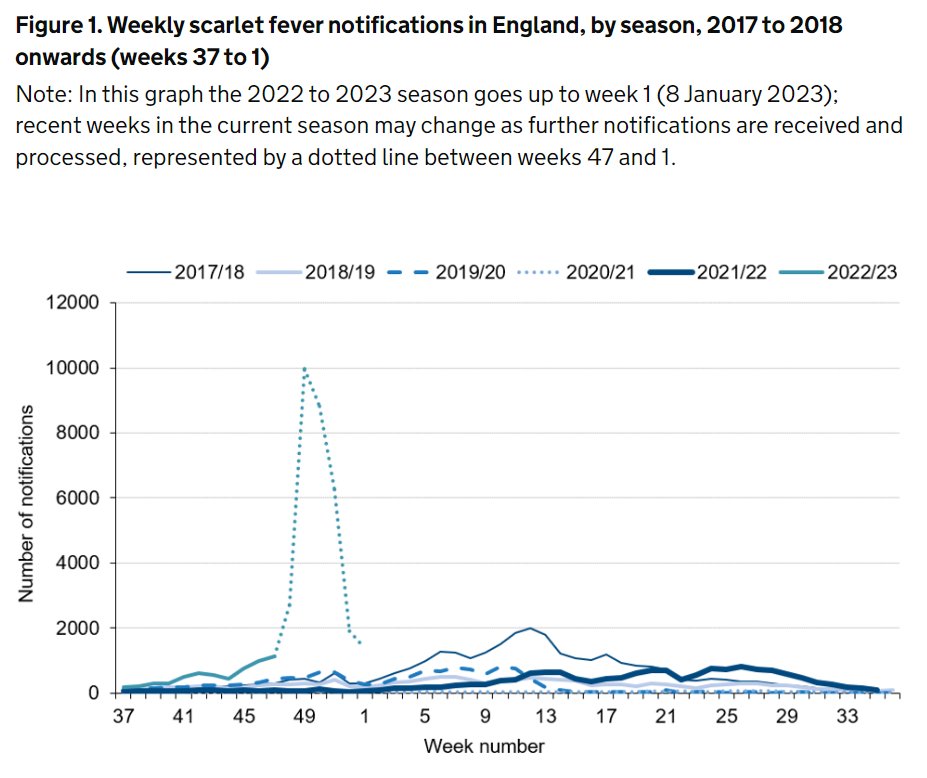There has never been more confusion about the role of children in transmission of #SARSCoV2 , and tensions are running high over implications for #schoolsreopening
Time for some clarity
@Damian_Roland and I review ALL the evidence on @DFTBubbles
dontforgetthebubbles.com/the-missing-li…
1/13
Time for some clarity
@Damian_Roland and I review ALL the evidence on @DFTBubbles
dontforgetthebubbles.com/the-missing-li…
1/13
When considering transmission risk we must consider 2 classes of factors;
Non-modifiable: The biology of the host and pathogen
Modifiable: Behavioural or environmental influence
Since we can change the latter via policy/guidance etc, we'll focus on the former
2/13
Non-modifiable: The biology of the host and pathogen
Modifiable: Behavioural or environmental influence
Since we can change the latter via policy/guidance etc, we'll focus on the former
2/13
How easily to children catch the virus?
Household contact tracing studies suggest less easily than adults; by about half given the same exposure, based on 4 reviews of all the evidence (links in next tweet)
3/13



Household contact tracing studies suggest less easily than adults; by about half given the same exposure, based on 4 reviews of all the evidence (links in next tweet)
3/13
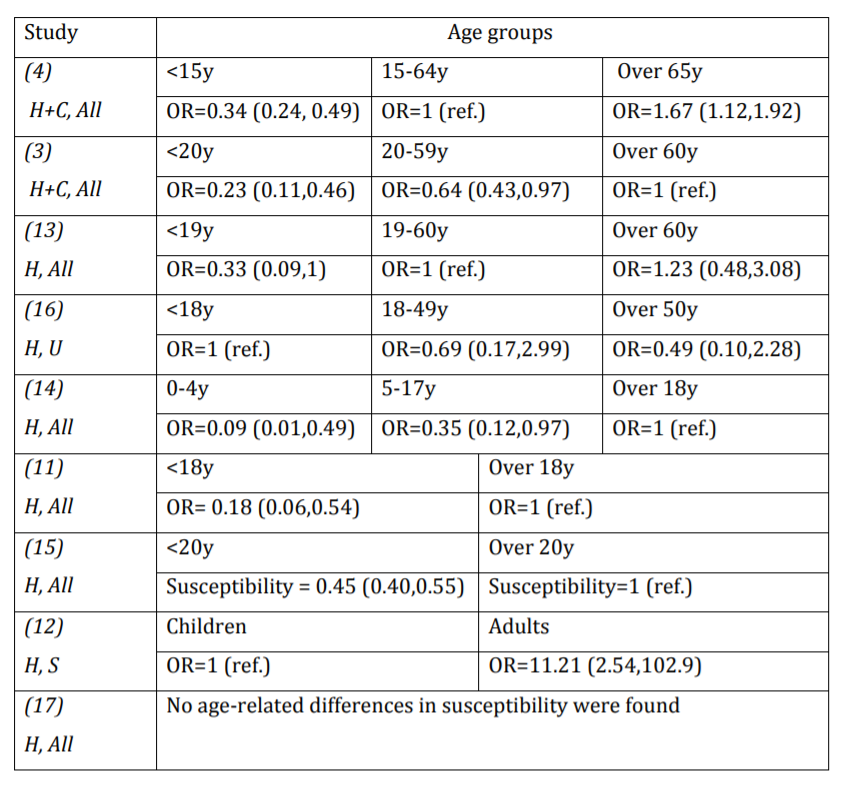
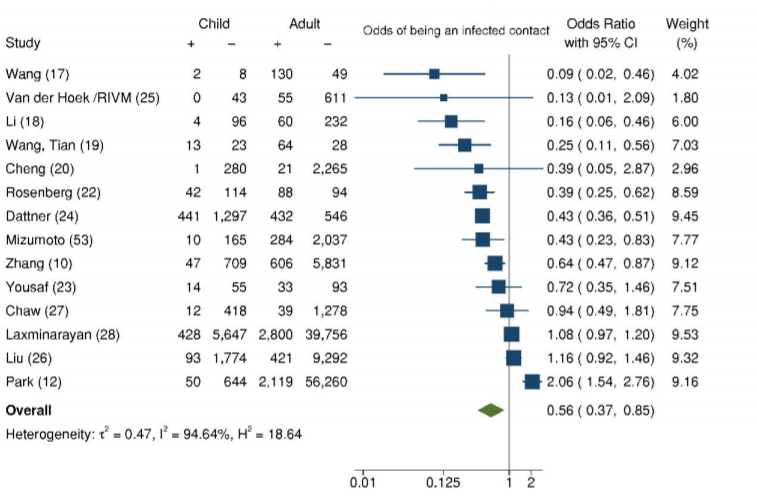
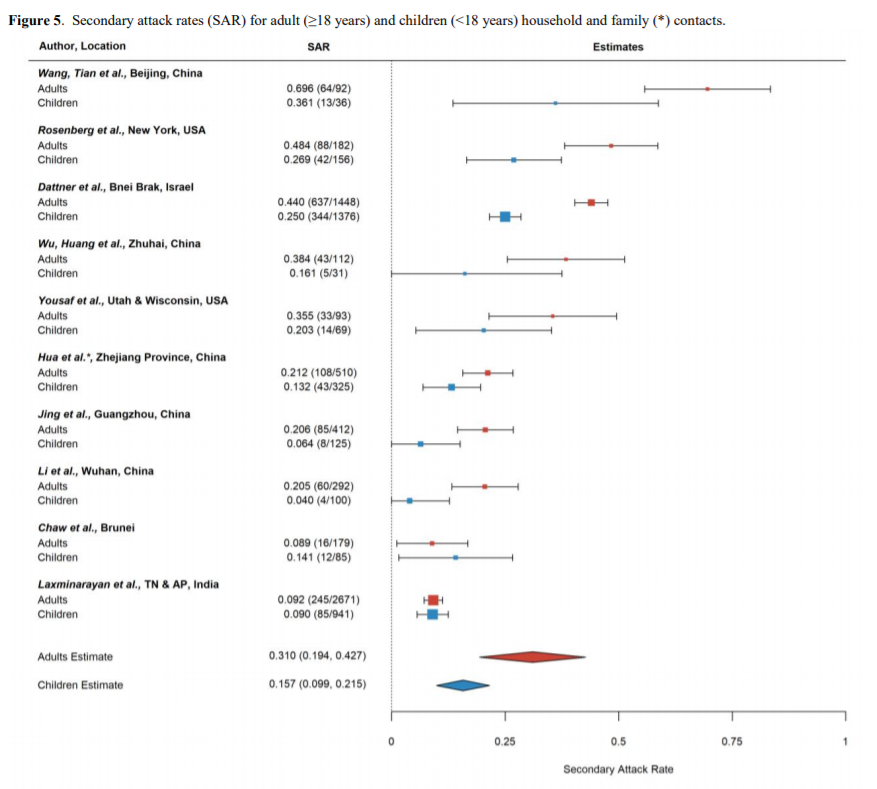

Viner et al
doi.org/10.1101/2020.0…
Madewell et al
doi.org/10.1101/2020.0…
Goldstein et al
doi.org/10.1101/2020.0…
Lei et al
doi.org/10.1016/j.jinf…
4/13
doi.org/10.1101/2020.0…
Madewell et al
doi.org/10.1101/2020.0…
Goldstein et al
doi.org/10.1101/2020.0…
Lei et al
doi.org/10.1016/j.jinf…
4/13
There are some suggestions for biases to explain these findings why this might be the case
Some of these are not correct (e.g. "irrelevant because schools closed" or "cases missed because not symptomatic") and none explain the effect size
5/13
Some of these are not correct (e.g. "irrelevant because schools closed" or "cases missed because not symptomatic") and none explain the effect size
5/13
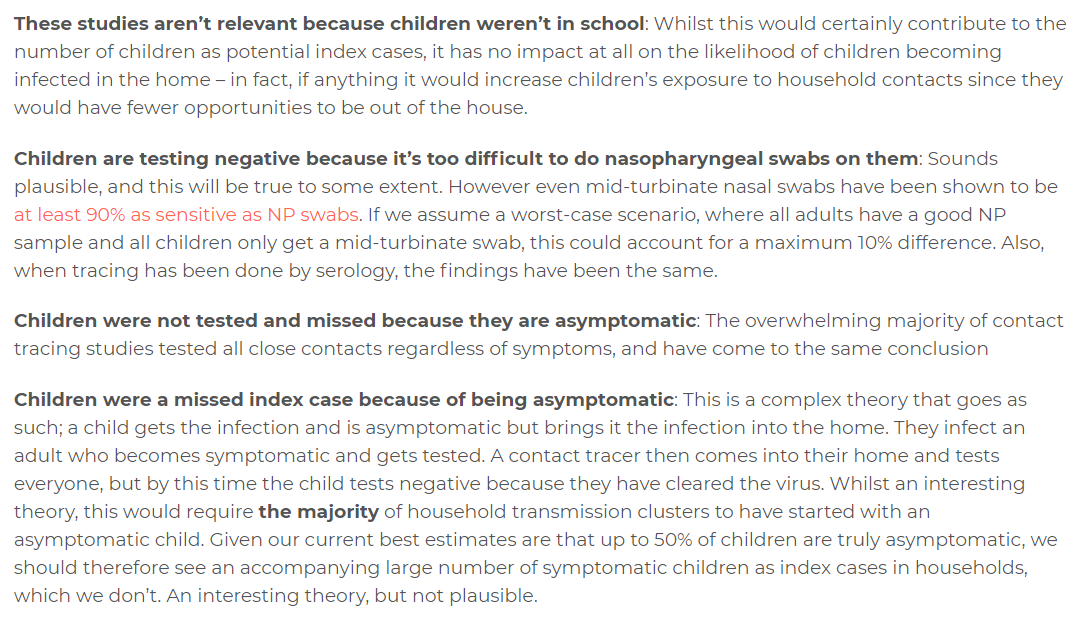
Whilst seroprevalence can't tell us about susceptibility (some effects will be due to exposure), most representative studies have found lower rates of seropositivity in children which would support these findings
The findings are more pronounced in young children (<10y)
6/13



The findings are more pronounced in young children (<10y)
6/13
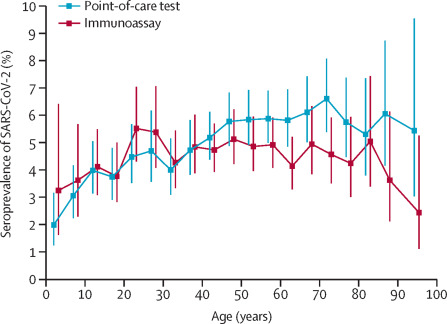
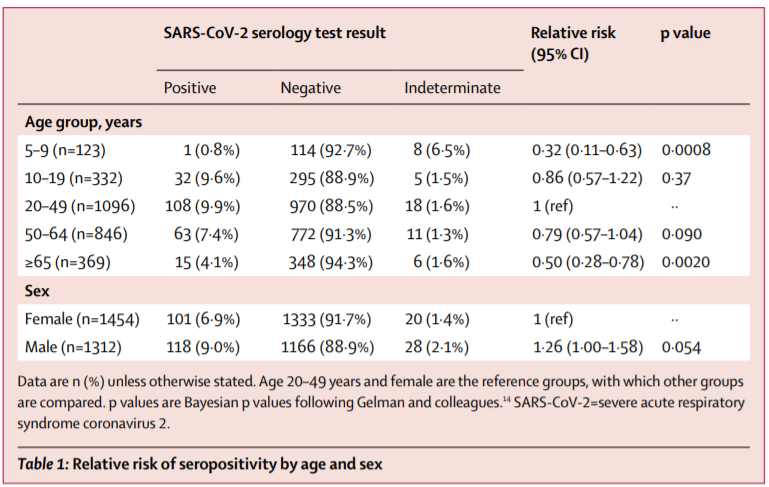
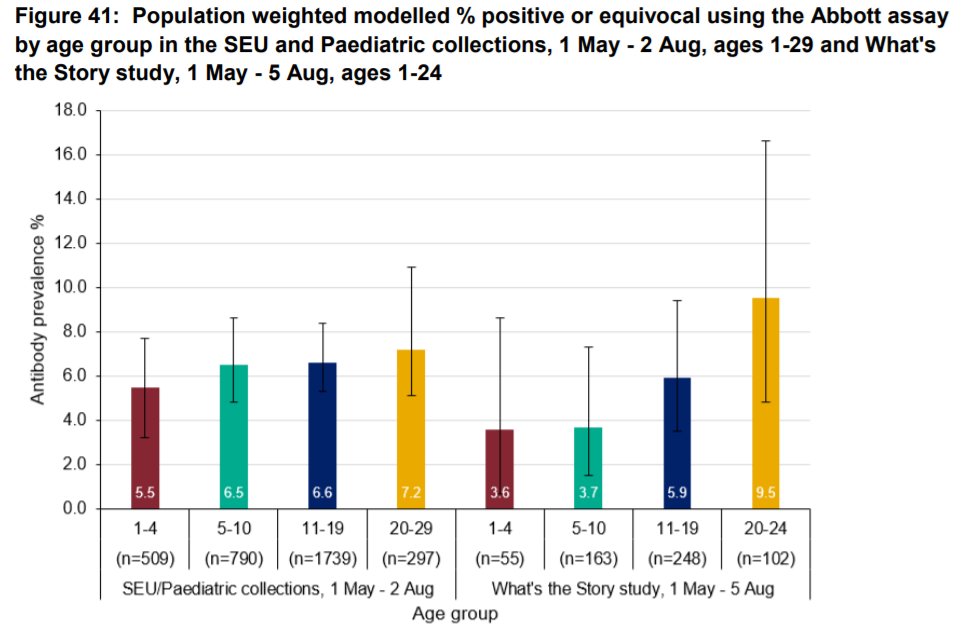
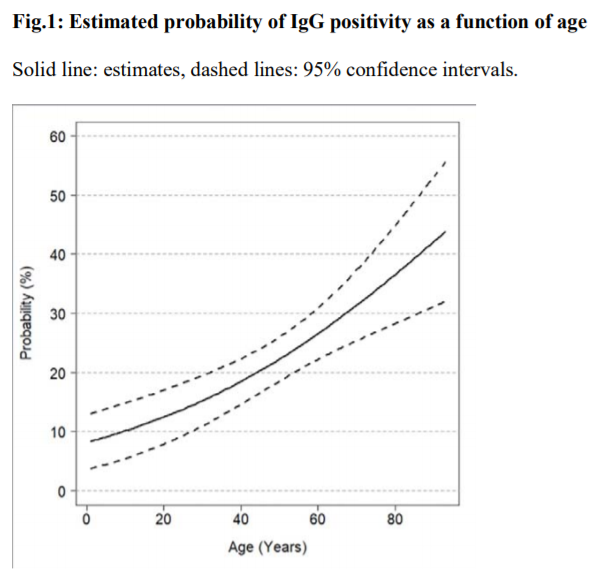
Spain
thelancet.com/journals/lance…
Switzerland
thelancet.com/journals/lance…
Lombardy, Italy
doi.org/10.1101/2020.0…
UK
assets.publishing.service.gov.uk/government/upl…
7/13
thelancet.com/journals/lance…
Switzerland
thelancet.com/journals/lance…
Lombardy, Italy
doi.org/10.1101/2020.0…
UK
assets.publishing.service.gov.uk/government/upl…
7/13
What about infectiousness once infected?
This is much harder
We have some indirect evidence from studies of viral loads, suggesting they are broadly similar in children, including those asymptomatic
But we want to know what happens in real life
8/13

This is much harder
We have some indirect evidence from studies of viral loads, suggesting they are broadly similar in children, including those asymptomatic
But we want to know what happens in real life
8/13
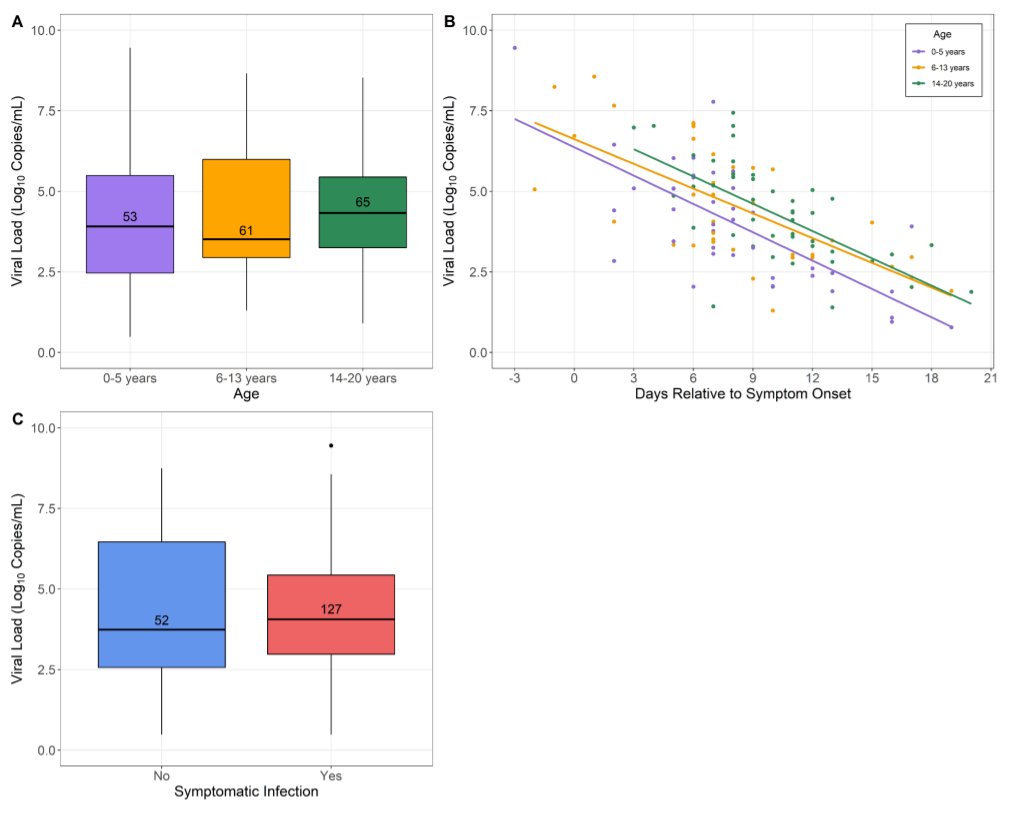
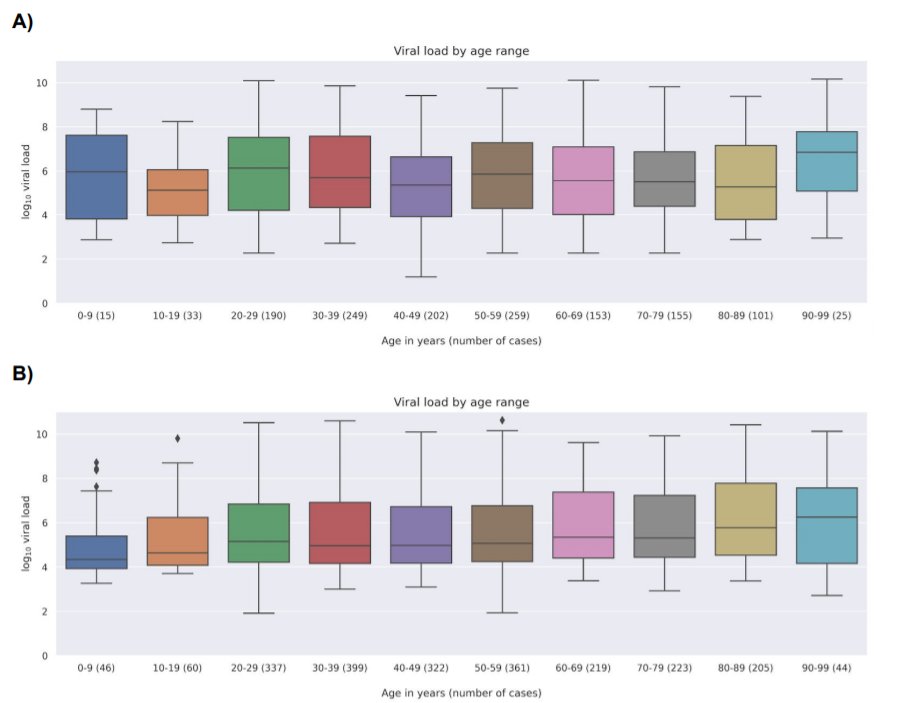
2 studies on the same data from South Korea (one adjusting for shared exposure, the other not) seemed to suggest a very low attack rate from infected children, in the setting of extreme infection prevention measures
wwwnc.cdc.gov/eid/article/26…
adc.bmj.com/content/early/…
9/13
wwwnc.cdc.gov/eid/article/26…
adc.bmj.com/content/early/…
9/13
A further study from Trento, Italy, seemed to suggest children might be more contagious than adults, but this study has some important biases (covered below)
medrxiv.org/content/10.110…
10/13
medrxiv.org/content/10.110…
https://twitter.com/apsmunro/status/1293147618307125248?s=20
10/13
What else could contribute to infectiousness?
Well there's some evidence infectiousness is correlated with symptoms, and as ~50% of children may be asymptomatic, this might reduce their contribution to transmission
medrxiv.org/content/10.110…
11/13
Well there's some evidence infectiousness is correlated with symptoms, and as ~50% of children may be asymptomatic, this might reduce their contribution to transmission
medrxiv.org/content/10.110…
https://twitter.com/apsmunro/status/1295670209479618562?s=20
11/13
What about within schools themselves?
Well, we've covered that too in detail, but see separate thread for studies on school transmission here
12/13
Well, we've covered that too in detail, but see separate thread for studies on school transmission here
https://twitter.com/apsmunro/status/1298978413185703937?s=20
12/13
Conclusions
-Children about half as susceptible
-Have roughly same amount of virus
-May be less infectious, ?due to less symptoms
-Lots to learn once schools open
END
Check out the podcast too🎙️
open.spotify.com/show/46C01zzm2…
dontforgetthebubbles.com/podcast/covid-…
dontforgetthebubbles.com/the-missing-li…
13/13
-Children about half as susceptible
-Have roughly same amount of virus
-May be less infectious, ?due to less symptoms
-Lots to learn once schools open
END
Check out the podcast too🎙️
open.spotify.com/show/46C01zzm2…
dontforgetthebubbles.com/podcast/covid-…
dontforgetthebubbles.com/the-missing-li…
13/13

• • •
Missing some Tweet in this thread? You can try to
force a refresh


